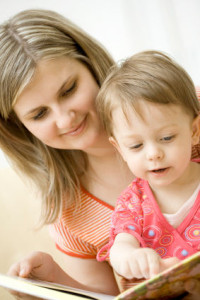Head trauma among infants might be accidental or intentional in nature. Early in life, the head of an infant is very tender due to the soft spots or fontanels. Take note that a soft spot is a region in the skull that has not yet fused fully to allow for rapid growth after birth.
https://www.youtube.com/watch?v=AEm_zZGLUb4
Even though it is true that the head of an infant is fragile, head trauma does not arise as easily as one might assume. The infant is likely to suffer several mild to moderate forms of head trauma.
Close look on head trauma
The indications of a mild head trauma among infants include:
- Irritability
- Lethargy
- Vomiting
- Poor swallowing or sucking
- Lack of smiling or vocalization
- Diminished appetite
Infants and toddlers are likely to strike their head several times during their development. - Seizures
- Rigidity
- Difficulty breathing
- Irregular pupil size in one or both eyes
- Changes in the level of consciousness
- Difficulty in lifting the head and/or inability to focus the eyes or track movement
These indications of head trauma require medical care to ensure that a concussion or other form of head injury has not occurred.
What is a concussion?
Infants and toddlers are likely to strike their head several times during their development. Even though these bumps might be aching or lead to bruising, they are frequently harmless.
The indications that a head trauma necessitates medical care includes a brief, momentary loss of consciousness or even changes in the state of consciousness.
What are the diagnostic signs?
If the child has been shaken by the parent or care provider, the doctor assesses for indications of shaking or mishandling if the cause of the evident injury was not stated. The signs that the doctor checks for include swelling of the brain, bleeding inside the retina of the eyes, skull fractures, pooling of blood and pressure on the brain, broken arms, rib fractures, fractured leg and/or bruising around the neck, head or chest.
Developmental signs
A child who sustained head trauma as an infant might end up with long-term issues including visual issues, impaired language development, balance problems and/or interruption in the development of motor skills.
Some children might require physical or speech therapy and there is a need to participate in special educational programs at school.
Disclaimer / More Information
The information posted on this page on head trauma among infants is for learning and educational purposes only. To learn to recognize the indications, register for first aid training at one of our training centers located throughout Canada. The training centers are in Edmonton, Calgary, Vancouver, Kelowna, Saskatoon, Victoria, Surrey, Mississauga, Winnipeg, Red Deer, Toronto, Ottawa and Halifax.

